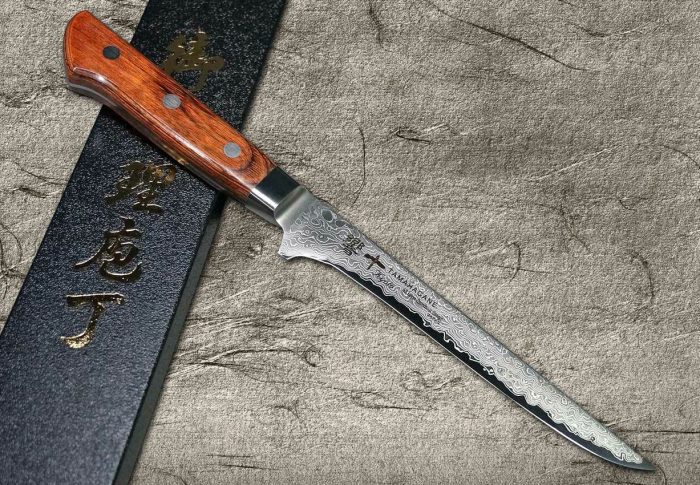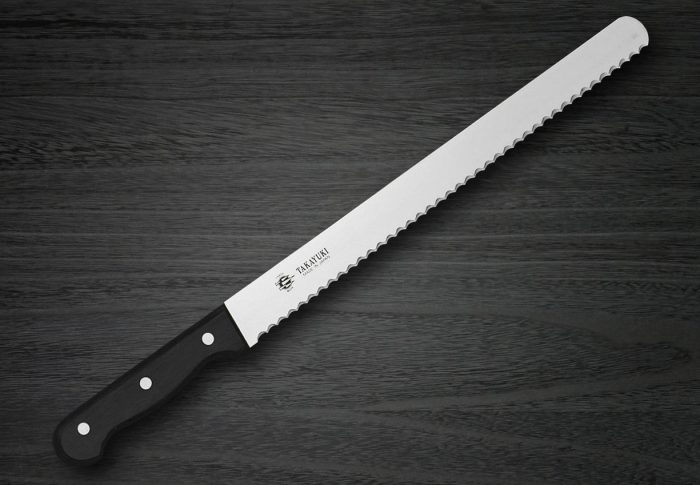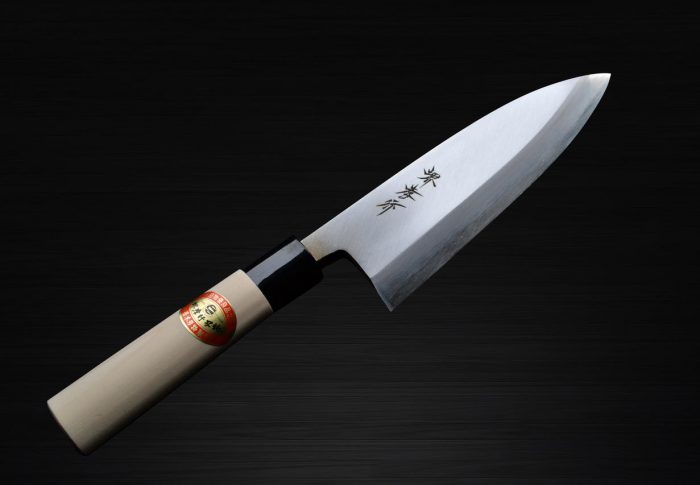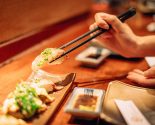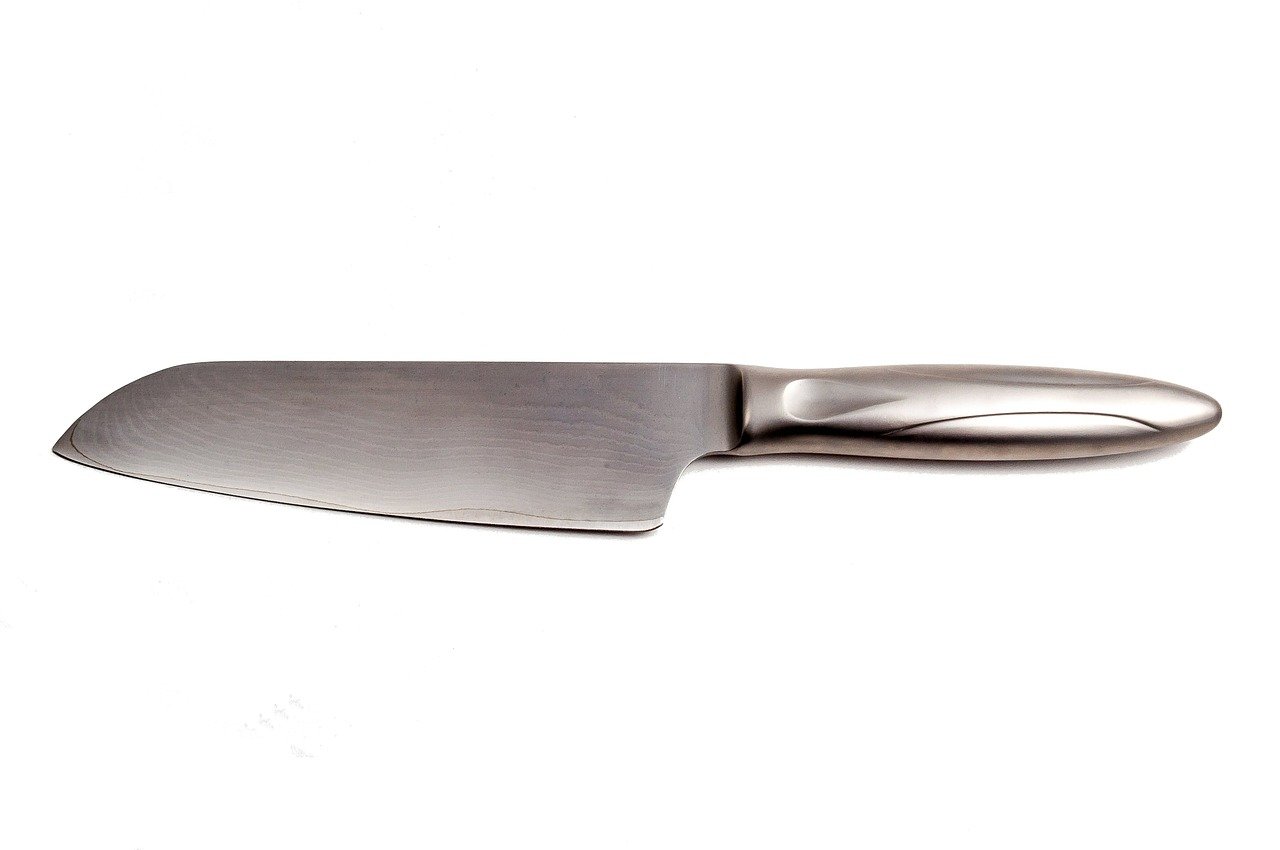
A Quick Guide to Knife Steel
A knife is not an ordinary cutlery, but a kitchen essential, as it performs a wide range of tasks needed in the food preparation process. In this article, we’ll focus on helping you pick the right knife without getting into all the technical details about various types of steel. We’ll focus on the functions of a knife that would regularly affect an average user.
When steel was first created, it was extremely sharp however it was prone to rusting. To combat this, stainless steel was created, which wasn’t as sharp but didn’t rust. In recent years, powdered stainless steel was created which offered the same sharpness as steel without the rusting.
Rust
Due to its elemental composition, steel will rust no matter how well you take care of it. No matter how well you clean and maintain the metal, it’s going to oxidize and turn grey and the finish will slowly change. If water is left on the steel, it will rust even faster. Therefore, it is highly important to keep your knife dry and clean after each usage. There are different kinds of rust, however if you encounter orange rust, you’ll want to get rid of it as soon as possible by scrubbing it off. There is a lot to learn about when it comes to different types of rust, but in simple terms, grey rust is good and orange rust is bad.
The science behind stainless steel is fascinating. Stainless steel remains stainless and does not rust because of the integration between its alloy elements and the environment. Most Japanese knives are stainless steel, extremely sharp, and hold an edge much better than European or mass-market knives, however stainless steel doesn’t get as sharp as carbon steel knives. A lot of Japanese knives are also made out of two outer layers of softer steel that cover its hard-core steel. The knives’ core is that the edge is made of. There are also some knives on the market that combine stainless steel and carbon, with stainless steel on the outside and carbon steel on the inside. This combination gives the knife great edge retention properties, with only up to 5% of the exposed surface area susceptible to rust.
Sharpness and Brittleness
When compared to most European or mass-market brand knives, Japanese knives are known for being sharper and are able to retain its sharpness for much longer. The steel used in Japanese knives is usually harder, however the drawbacks to harder steel is that it is more susceptible to chipping as harder material is more brittle. The sharper a knife, the more brittle it becomes. This is why high-performance knives shouldn’t be used for harder foods, bones, or frozen material. You should reserve these types of knives for cutting material that you would be able to chew with your teeth, such as fish, meat, and vegetables. Generally speaking, regular stainless steel is more prone to chipping than carbon steel, but powdered stainless steel is more sensitive than other stainless steels. With all this being said, always be sure to take good care of your utensils to ensure they last longer and perform to their potential. Be sure to be gentle with the one of the most important parts of a knife, it’s edge. Avoid using the edge as a hammer and try to avoid cutting on hard surfaces such as a granite countertop.
Decision
Think of how your favorite pair of jeans or shoes look when you first buy them, and how they look after you’ve broken them in. They’ll feel much better after they’re worn, but they won’t look like they did on the first day you bought them. Same goes for knives. If you’re someone who isn’t worried about your knife’s finish and are willing to clean your knife after every, then go for a carbon steel knife. Carbon steel knives might not retain its shine forever; however, you’ll have a knife that holds its edge incredibly well. You can think of the fading look as something unique and one-of-a-kind. If you’re looking for a knife with exceptional sharpness and doesn’t rust, then consider powdered steel types. Lastly, if you just want a sharp knife that is dependable and cuts food without much hassle, then go for regular stainless steel knives.

